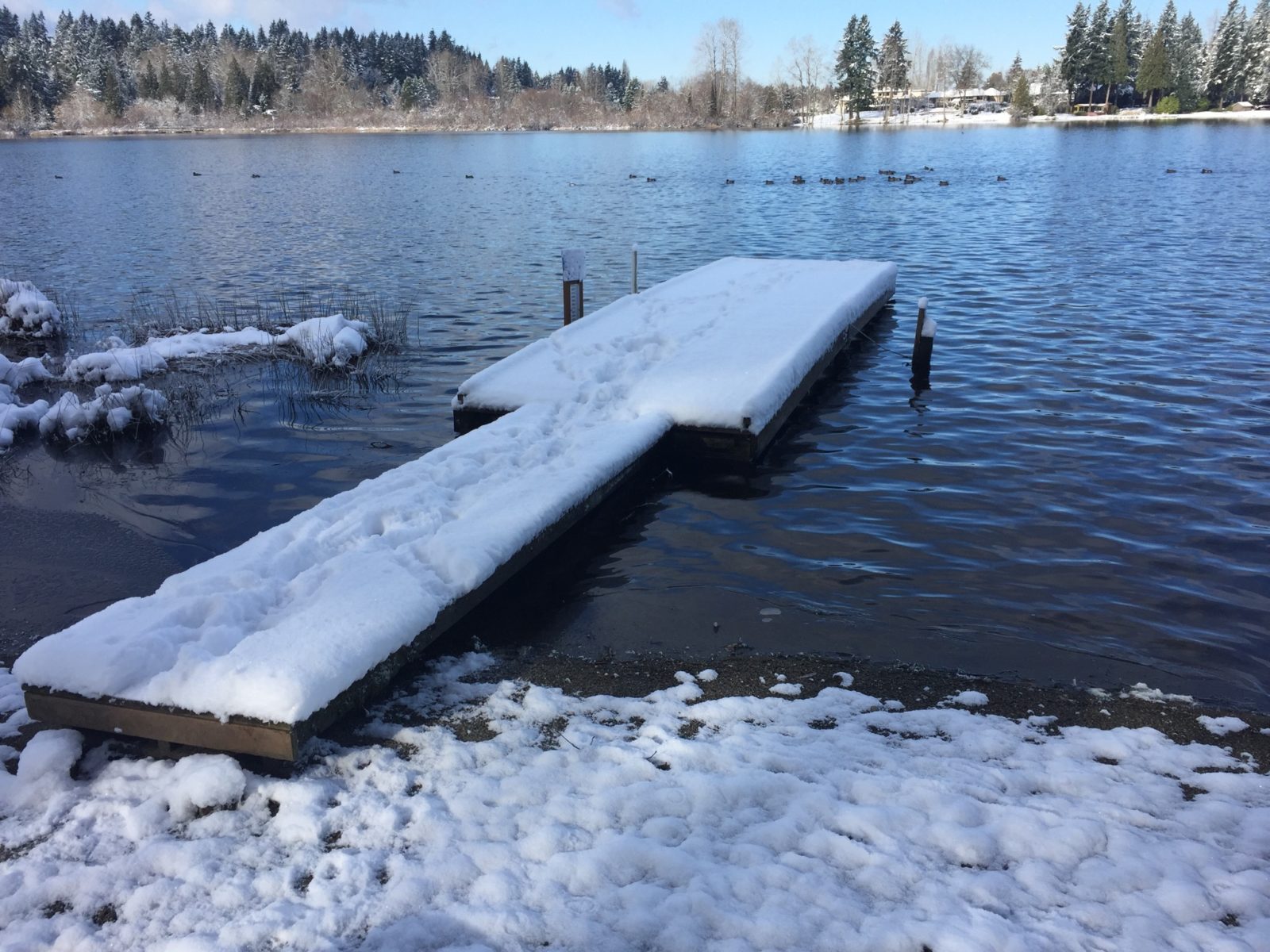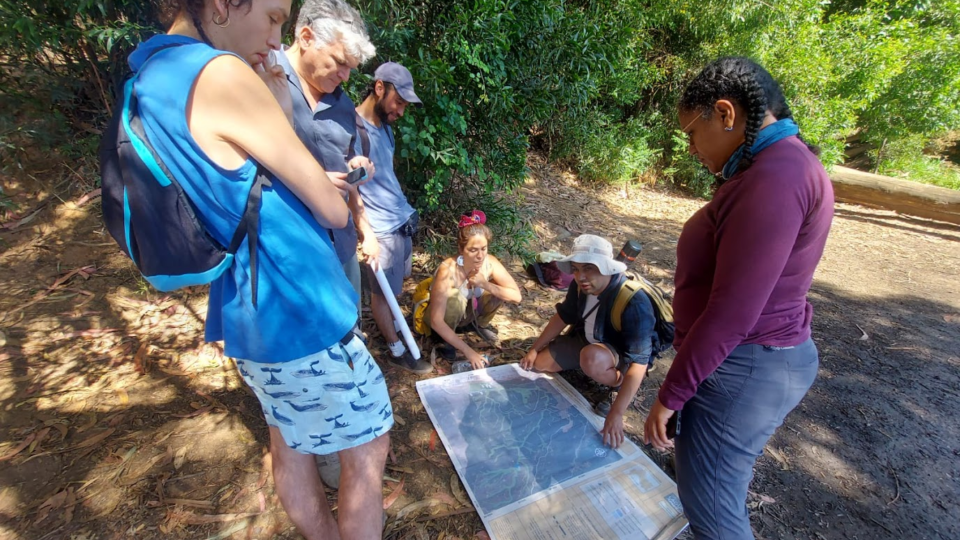Should We Submit Lake Height Measurements In Winter?
 LOCSS study lake in winter, photo submitted by a volunteer citizen scientist
LOCSS study lake in winter, photo submitted by a volunteer citizen scientist
Winter is here, and for the first time since the LOCSS project began in 2017, we have study lakes in areas that can expect significant freezing which may last for long periods of time. While lakes in North Carolina and western Washington may experience brief periods of freezing, our study lakes in Illinois, Massachusetts, and France, as well as those in higher elevations of Washington, will likely freeze for long periods of time.
A local partner recently reached out to ask if we are still interested in receiving lake height measurements during the winter. The answer to that question is YES, as long as the lake is not frozen we can use lake height measurements. As an example, in the image at the top of the page, you can see the ground and dock covered in snow, but the lake surface is not frozen, so an accurate lake height measurement could be made, and would be very useful.
But what if the lake is frozen?
If there is a relatively thick layer of ice around the gauge or if there is snow that makes the gauge hard to read, then you should not send in a lake height measurement. There are several reasons for this. The first is that when there is snow and ice around the gauge, it will be difficult to get an lake height reading that truly reflects the level of the lake. In addition, we may not be able to get an accurate surface area measurement from our satellites during winter because it is difficult to tell the difference between ice and snow covered water and ice and snow covered land.
If you live near one of the lakes that will freeze this winter, please continue to send us measurements until the lake is frozen, and we would greatly appreciate measurements in the spring once the ice melts as well.
LOCSS News
We share stories about the lakes in our study, our partners and volunteer citizen scientists, as well as interesting results from our research.





